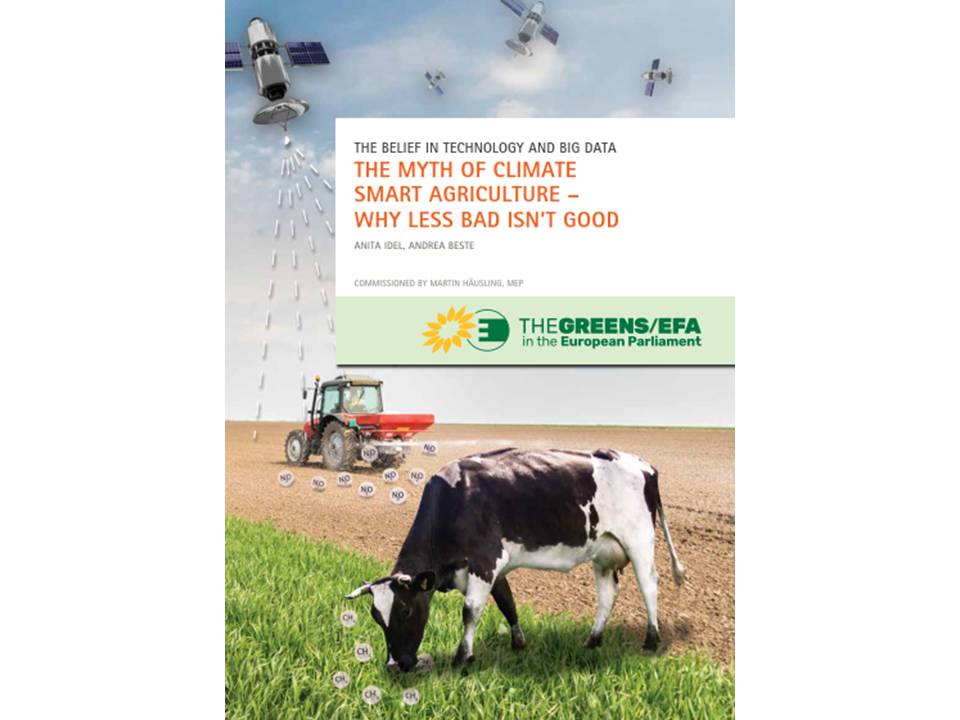
By Dr Andrea Beste and Dr Anita Idel
The “modern” intensive agricultural system does the climate more harm than good. That’s a fact, no matter how much Big Data or precision farming you throw at it. We need to look outside that system for solutions. In this excerpt from an evidence-based study commissioned by Martin Häusling MEP, Dr Andrea Beste and Dr Anita Idel question the climate potential of precision agriculture and the demonization of cattle, and make the case for grazing animals, organic farming, agroforestry and permaculture.
Below is an excerpt from the study’s introduction, followed by an excerpt from Chapter 2: “Climate Smart Agriculture and Precision Farming – Why Less Bad Isn’t Good”.
Introduction
The authors would like to state clearly: Agriculture’s purpose is to maintain its ability to produce enough food on planet earth and continue to do so in the future. This will only be possible if the basic resources – soil, watercourses, biodiversity – can be maintained. It is not the purpose of agriculture to “sequester” or compensate for greenhouse gasses released through industrial production. The latter would equate to an irresponsible climate “sale of indulgences”.
Soil management can be climate-damaging if soils emit N2O due to excessive N fertilization or, it can be climate-friendly if humus is built up and thus C is stored. At present the world’s soils store 1,460 billion tons of organic carbon, that is more than twice the amount of CO2 in the atmosphere.
Whether emissions or storage of carbon dominate on agricultural land depends on the type of land use as well as on how and with what dynamic vegetative cover and vegetation are being changed.
As for grass and grazing land, arable use or forests: To reduce emissions does not (!) mean storing carbon in soils long term, but to shift the balance between carbon releasing and carbon storing biological processes through prudent management in favour of the latter to maintain and increase soil fertility.
But, it is highly questionable to justify the necessity for more humus in soils by arguing that other industrial sectors should be exempted from doing their homework and reduce CO2 emissions. This line of argument reduces humus building to a tool in the CO2-certificate logic and that is not an expedient argument, at least not for agriculture.
Don’t Blame Ruminants
For the climate a change in land use from more C storing systems to more CO2 emitting systems is extremely relevant – in particular if mixed forests are cut down or grassland is ploughed up. As is the case at present in particular in Asia and Latin America where rainforests and woodlands are being cleared and savannahs (grassland) are ploughed up on a dramatic scale to make way for plantations (palm oil) and intensive agriculture (soy/corn).
Apart from soils in permafrost regions moors and grasslands contain the majority of carbon stored in soils. If they are converted into arable land or (short) rotation plantations or if peat is extracted, large amounts of greenhouse gasses are set free, biodiversity is destroyed and soil fertility and water storage capacity decrease considerably. The conversion of European mixed forests and grassland into arable land is linked with very high CO2 emissions, too.
The overproduction of animal products within the European Union is mainly based on imported feed. It’s the reason why the change in land use is less dramatic and not as obvious in the EU as it is for example in Brazil’s Cerrado. Nevertheless, between 1967 and 2007 over 7 million hectares of permanent grassland, equalling over 30 %, were converted in the EU founding nations (Belgium, Germany, France, Italy, Luxemburg and Netherlands), and with EU enlargement an additional 4 million hectares during the past 20 years. The climate balance in European agriculture hinges on whether animal production will be lowered massively in order to reduce the pressure on soils. It necessitates an orientation towards species and intensities of use which are based on grassland rather than on concentrated feed.
Yet, one-sided research questions and the narrow design of studies – like the evaluation of nitrogen efficiency or the calculation of methane/kg milk instead of the assessment of the overall relevance of milk-and-meat-production systems for climate change – suggest conclusions which actually are counterproductive to the conservation of resources and climate protection. The short-term focus of political measures on high-tech methods and end-of-pipe measures ignore the system-based character which real solutions to climate protection and adaptation to climate change absolutely need to include.
Next to forest, grassland is the largest biome on our planet, covering about 40 % of vegetated land surface. Of all agricultural land worldwide, one third is cropland and two thirds are grassland. The latter provides the livelihood for one tenth of the world’s population. The World Food Organisation, FAO, estimates that for 100 million people in dry regions and probably another 100 million people in other regions grazing animals are the only available income source. Science often underestimates the potential of grassland and grazing, while in politics it’s mostly ignored. However, in regard to land use and the sequestration of atmospheric carbon, research and public perception have focussed on forests for a long time. Besides, because of reductionist mathematic modelling, cattle get increasingly bad press as “climate killer”. That is not the fact. Cattle do not cause climate problems, energy intensive agriculture does, with monocultures for the production of concentrated feed, often fertilised with synthetic nitrate compounds.
The ‘How’ is All Important
That’s why it is extremely important to note the data which routinely are not gathered to determine the relevant or are not attributed to the “state-of-affairs for greenhouse gas and ammonia emission” among others:
- feed imports
- provisioning of mineral fertilisers
- energy use in agriculture
- use of domestic inputs
Instead, the potential of pasture farming for world nutrition has to come into focus of agricultural research and politics. Wetlands, mountain pastures, prairies and savannahs are not only among the best carbon stores, for the formation of proteins they are the biggest nutrient basis on earth. The sustainable use of grassland is important for biodiversity and it has a key function in regard to climate change.
Challenges and potential for future food supplies on our planet thereby rest on how we develop our systems of land use in combination with resilient plant- and animal breeding and how we adapt them to climate change accordingly.
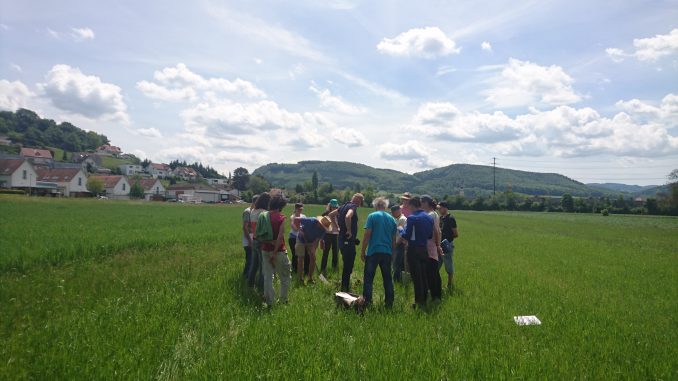
Climate Smart Agriculture and Precision Farming – Why Less Bad Isn’t Good
Precisely Managed Malnutrition?
All in all, the currently most widespread farming systems suffer from a large oversupply of nitrate and an undersupply of carbon. This leads not just to humus depletion, but also enhances the generation of nitrous oxide (NO2) and the leaching of nitrogen; apart from the climate effect, the result is a bad use of nutrients in general. The process of humus depletion leads to reduced soil life and soil compaction which in turn enhances nitrous oxide and methane emissions. This is independent of the technique used to apply the nitrate fertiliser.
The so-called “Climate Smart Agriculture” (CSA) mainly employs precision farming and no-till farming. In regard to climate protection the latter is actually counterproductive. Genetic engineering, too, is in some projects an unchallenged part of CSA. Agroforestry is mentioned, but overall the approach appears arbitrary. Apart from a lot of rhetoric on climate protection and sustainability, no proper definition can be found. The website features lots of images of small farmers from around the globe who, in all likelihood, are unable to afford direct seeding and precision agriculture practices.
For example, precision agriculture works with colour recognition technology, leaf colour analysis is then used to optimise the application of nitrate fertilisers which can help limit the use of nitrate fertiliser and thereby the emission of greenhouse gasses, but this does not replace balanced plant nutrition. Leaf colour evaluation only gives indirect information and a rough estimate of whether the plant receives adequate nutrition; it’s related – albeit indirectly – to nitrogen supply. To evaluate the resilience or health of a plant much more sophisticated measurements would be needed.
What’s more, on one hand such a “measurement” works only with a very homogenous plant community, whereas biodiversity within the system, like intercropping, flowers or hedges, are disruptive. On the other hand, even less or precisely applied nitrate fertiliser compromises the soils if they continue to lack organic carbon that feed soil organisms and build humus. If the mix of nutrients isn’t right, plant and soil ecology suffer from malnutrition even if the wrong mix is applied with more precision. It’s “precise malnutrition”. The negative effect within the system remains the same.
Which Data?
There is still no satisfactory way to calculate the humus content of soils, let alone measure its quality. The same is true for phosphorus, there are no measuring methods which could serve as the basis for the “precise” delivery: In Europe up to 16 different methods to measure the amount of phosphorus in soils are being used. To this day, no chemical analysis exists that allows for the measurement of all plant accessible phosphorus in the soil; therefore, organically managed soils are regularly considered to be phosphorus deficient even though they are not. Organic bonded phosphorus cannot be measured with the prevalent methods, yet it can amount to 25 to 65 % of available phosphorus in the soil. Thus, the question arises which data a “precise”, satellite guided digital fertilisation system should use when establishing the humus or phosphorus content…?
The same is true for many other soil factors. And time and again farmers face the problem of what to do with the rest of the slurry if application methods focusing on soil needs only use a “precise” fraction of it? If there is too much slurry it still has to go somewhere.
Still, important open questions remain in regard to “smart farming” and “big data”, not to mention network accessibility (for digitalization Germany ranks 11th among the 28 evaluated member states) and ownership of farm data (who holds the rights and who eventually owns them?).
It would serve us well to consequently apply and further develop known, climate friendly farming techniques before we continue with “precision techniques” on a whim. Unfortunately, in both research and practice this approach is rarely taken.
Read the full study “The Myth of Climate Smart Agriculture – Why Less Bad Isn’t Good” by Dr Andrea Beste and Dr Anita Idel here
More on Soil Matters
#SoilMatters | Part 1: Andrea Beste on humus, soil structures & the limits of no-till
#SoilMatters part 2 | Mario Catizzone and Sustainable Soil Management
#SoilMatters Part 3 | Soil, Carbon and Policy – where now for 4p1000?
#SoilMatters part 4 | What do we really lose, when we change how land is used?
#SoilMatters Part 5 | Stuart Meikle on Soil, Ruminants & Sustainable Food
#SoilMatters part 6 | What do we want of our soil? And how do we get it?
#SoilMatters part 7 | Soil, Farming and Society: support mechanisms for the necessary transition



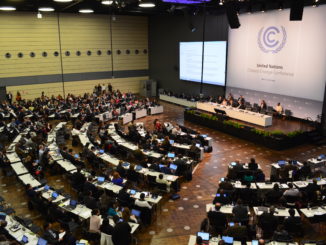
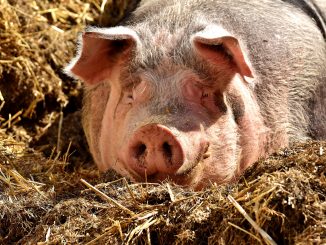
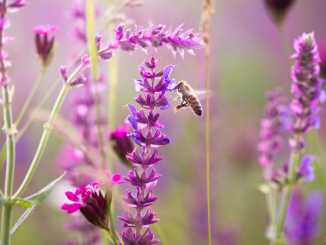
4 Trackbacks / Pingbacks
Comments are closed.